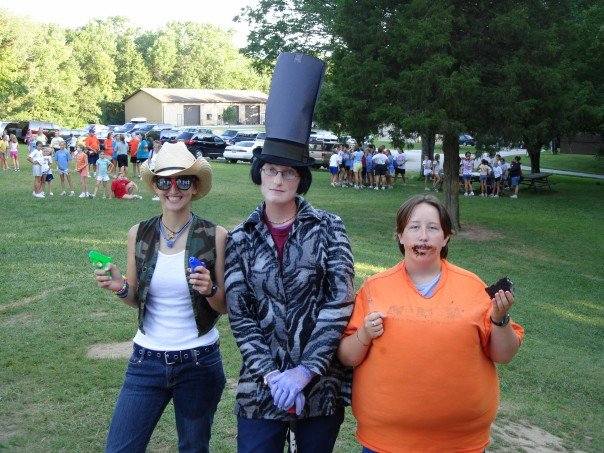Like the author of the Atlantic article, I find myself now unable to concentrate for long periods on the same text. But I also can’t watch a 45 minute television show without doing something else. I’m multitasking at all times it seems like, but that’s different than not being able to concentrate because of the rise of computers and quick “read-bites” of information.
I find it easier to concentrate on a long article if I have the paper version in front of me and I have put down or put away the technology gadgets. I also find it easier to retain information I read in paper (non-digital) format. But to say I’ve lost my critical reading ability is a bit overboard.
I worry about my students who have never learned to read critically to begin with. When they come into my WGS intro class and find they’re assigned upwards of 50 articles for the semester and that they have to read all of them (sometimes more than once) to understand them, they balk. And then they do it anyway and realize it’s not so bad.
So I think to assume that I or my students can’t read critically anymore is a bit of an underestimation.
Technology is a double-edged challenge though. Most of my lectures I have prepared using information I’ve found online, but then I require that my classroom be technology free, save PowerPoints and videos I show. Halfway through the semester I began to realize that if I ask them to read something online, I must also require them to bring in a hard copy to class or they won’t and we can’t have a productive discussion. The first and last time I asked them to ask them to access the document on their laptops, I lost their attention for the last 20 minutes of class. Never again.
I had a point somewhere in here, and along the way I lost it. Probably I’m writing this, responding to text and Facebook messages and thinking about lunch. But that’s not the computer’ fault, that’s mine. To blame computers and digital technology is a cop out. It’s up to me to stop multitasking and focus on one thing at a time. That’s not anything a computer can do for me.

